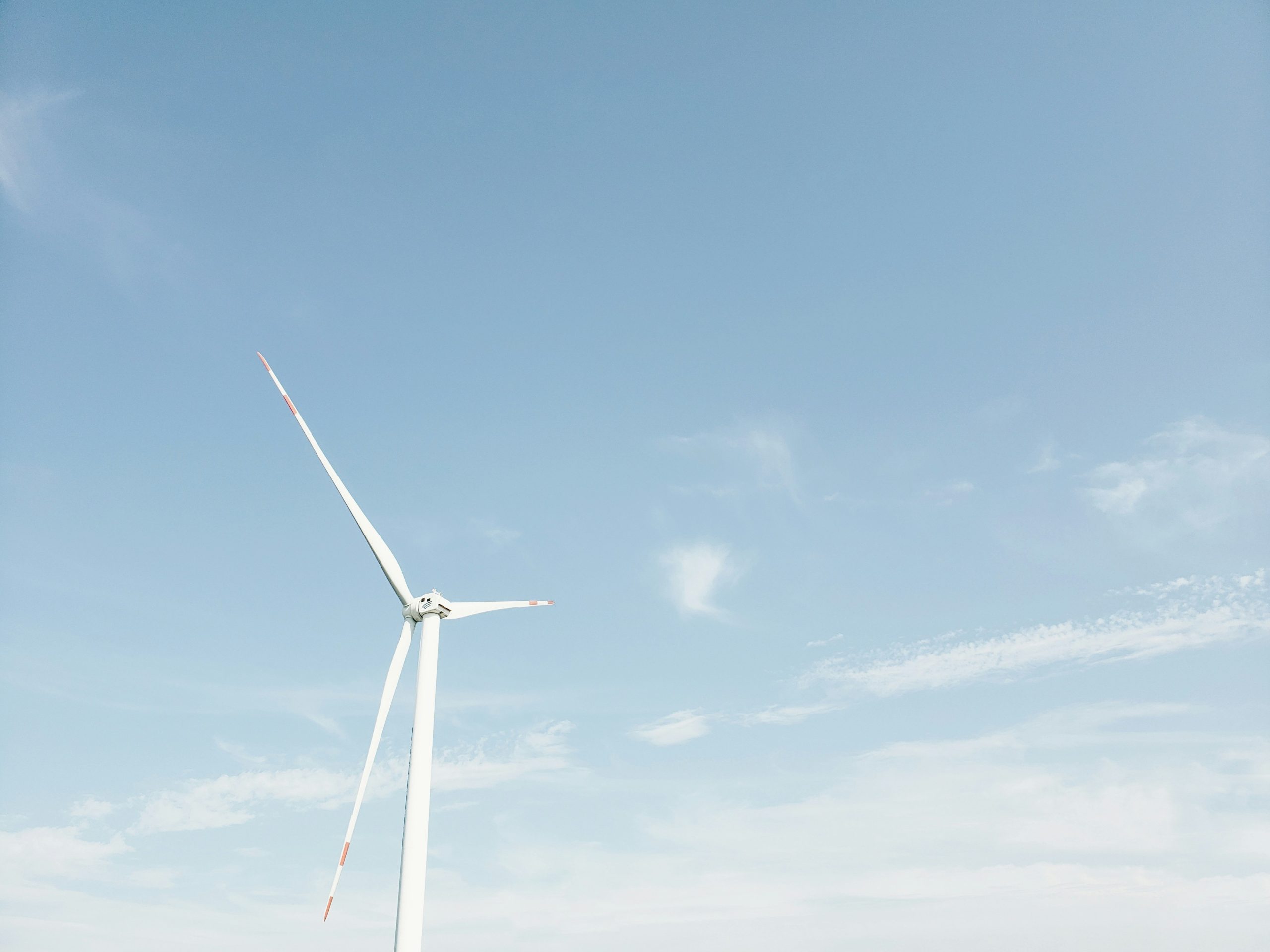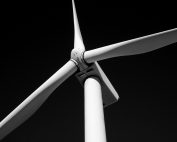Experts from Ramboll, KP Consulting, Gdynia Maritime Institute and Gdynia Maritime University, within a jointly formed consortium, will prepare a report on electricity production potential of offshore wind farms located in Polish Baltic Sea areas. A vision for the sector’s development until 2050 will also be presented. The study will be released in October 2022.
On 11 May, a conference organised by the Polish Wind Energy Association (PWEA) was held in Warsaw, during which the industry informed about works on a report that is to indicate the real energy potential of offshore wind farms in Polish waters of the Baltic Sea. The research has already started and as reported by Janusz Gajowiecki, President of PWEA, the first results are promising. Scientists and experts gathered around the consortium will reflect on the environmental and planning constraints of the current areas designated in the Maritime Spatial Plan for Polish Sea Areas (PZPPOM). There will also be a spatial analysis of the Exclusive Economic Zone and the Polish Territorial Sea in terms of offshore energy production costs.
In addition, an analysis of the location and potential of new offshore areas for offshore wind farm development will be conducted. The experts will also present a vision of offshore wind development in Poland until 2050.
The event and debate was attended by representatives from the government, academia and the offshore wind industry. Ireneusz Zyska, Deputy Minister of Climate and Environment, Government Plenipotentiary for RES, highlighted the effectiveness of Poland’s offshore wind activities to date, including the adoption by the Sejm of a bill to promote electricity generation in offshore wind farms. The industry signed the landmark Polish Offshore Wind Sector Deal in September 2020. 208 entities have already joined the sector agreement.
“In Poland’s Energy Policy until 2040 we have projected 11 GW of installed capacity in offshore wind, but today most likely no one doubts that the target will be much higher. We must consider all economic and environmental interests. This potential is much bigger and should serve the whole economy and all entities”, said Ireneusz Zyska.
Karol Pogorzelski (KP Konsulting), Mariusz Wójcik (Rambol), Magdalena Matczak (Gdynia Maritime Institute) presented the premise of research and work on the report. They emphasized that the large area of Polish waters in the Baltic Sea is attractive for future offshore wind farm locations. Additionally, the Baltic Sea itself is quite interesting as it is the youngest body of water in the world with an average depth of about 55 m. Much of the Baltic Sea will be suitable for the simple and traditional foundation of wind turbines, i.e. on fixed foundations attached to the ground. The report will estimate the potential for floating foundations. Determining the detailed potential for energy production in technical terms will be key.
Małgorzata Bartosik, Deputy CEO at European Wind Energy Association WindEurope, presented the European perspective. On May 18, the European Commission is expected to unveil a package of concrete measures under REPowerEU aimed at increasing the resilience of the EU’s energy system in the face of today’s geopolitical situation – Russia’s invasion of Ukraine. On this day Ursula von der Leyen, Head of the European Commission, together with the prime ministers from Belgium and the Netherlands as well as the German Chancellor will discuss the key role of offshore wind in the Danish town of Esbjerg. Also on the same day, the EU Energy Commissioner will meet in Esbjerg together with the Climate and Energy Ministers from each Member State to strengthen regional cooperation. Industry representatives were also invited to the talks. She emphasized that the involvement of domestic companies is very important, but openness to partners and developed technologies is also key. This may translate into cheaper implementation of wind projects (here she pointed out the challenges of offshore wind development in France).
Julia Pali, an expert in the offshore wind farms office at PKN Orlen, said that according to the Orlen 2030 strategy, the key element of the company’s development will be offshore wind energy and hydrogen investments, which will be strongly connected to the development of offshore energy. The war in Ukraine is currently having a major impact on offshore wind development, among other things, on increasing steel prices. PKN Orlen is currently developing a joint offshore wind project with their partner Northland Power. They have also submitted applications for 11 additional locations in the Polish waters of the Baltic Sea. The ambitions of the Polish company in the offshore wind sector go beyond Poland.
Pawel Lendzion, Procurement Manager at Swedish group OX2, noted that most of the company’s activities in Poland are related to onshore, but also offshore wind. “Looking at the Baltic, offshore wind development should have no limits”, he added.















